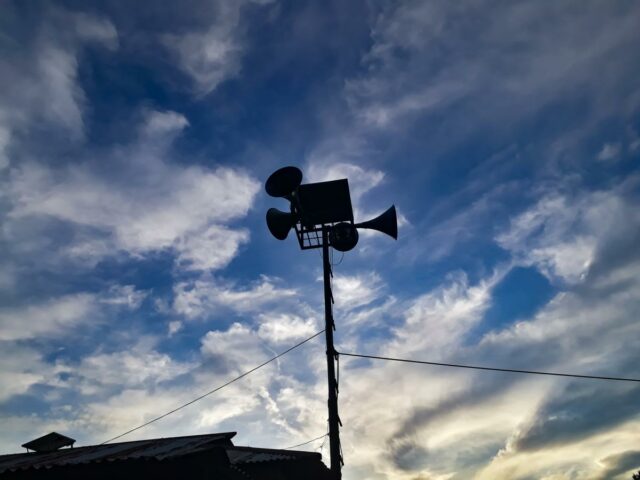Escalating Tensions: The Increase of Russian Drones in Ukrainian Airspace
Recently, the stakes have risen dramatically in the ongoing conflict in Ukraine as military authorities have confirmed sightings of Russian drones flying in Ukrainian airspace. This unsettling development has particularly impacted regions like Dnipropetrovsk and Zaporizhzhia, sparking concerns about the potential for further escalation.
What Happened?
As night fell, the Air Force Command of Ukraine announced the detection of Shahed-type combat drones in the Hulyaipole area of Zaporizhzhia. These drones were reported to be moving westward and northwestward, a maneuver that caught the attention of military officials. Shortly thereafter, more drone activity was observed in the Synelnykove district of Dnipropetrovsk, with these unmanned aerial vehicles heading north toward Pavlohrad.
Why Does This Matter?
In a climate where military activity is ramping up, the presence of drones is not just a tactical maneuver; it’s a significant indicator of the tensions at play. For context, according to data from defense analytics, drone usage in conflict zones has increased by over 200% in recent years. Drones are not just tools of warfare; they are also psychological weapons, creating an atmosphere of fear and uncertainty. This can have profound implications for civilians living in affected areas.
Insights from the Ground
To understand the broader impact of such incursions, consider the experiences of residents in similar conflict zones. For instance, in regions of Syria where drone activity surged, reports indicated a spike in anxiety and disruption of daily life. Families found it challenging to maintain a sense of normalcy amidst a backdrop of constant surveillance and threats from above. These personal stories resonate deeply with those living under the shadow of conflict, emphasizing that these aren’t just military operations—they’re events that disrupt entire communities.
Staying Ahead
In response to these threats, the Ukrainian military has intensified its monitoring efforts and is committed to keeping its airspace secure. Here are some unique strategies being discussed to enhance safety and readiness:
- Community Awareness: Informing local populations about drone activity can empower them to report sightings and collaborate with military units effectively.
- Advanced Detection Systems: Investing in cutting-edge technology that can detect drones earlier could provide critical minutes to respond to threats.
- International Collaboration: Strengthening ties with allied nations for intelligence sharing may enhance overall security and military preparedness.
Looking Forward
As this situation unfolds, further updates are expected as the military continues to respond to these incursions proactively. It’s essential that both officials and civilians remain vigilant and prepared, knowing that the landscape of conflict can shift swiftly.
For those interested in the intricacies of warfare and drone technology, experts suggest following reputable military analysis platforms and intelligence reports. Understanding these dynamics is crucial not just for those in the affected regions, but for anyone who seeks to grasp the full scope of modern warfare.
This is a pivotal moment in the ongoing conflict, one that highlights the powerful role that technology plays in warfare, and how vital it is for affected nations to respond effectively to emerging threats.





